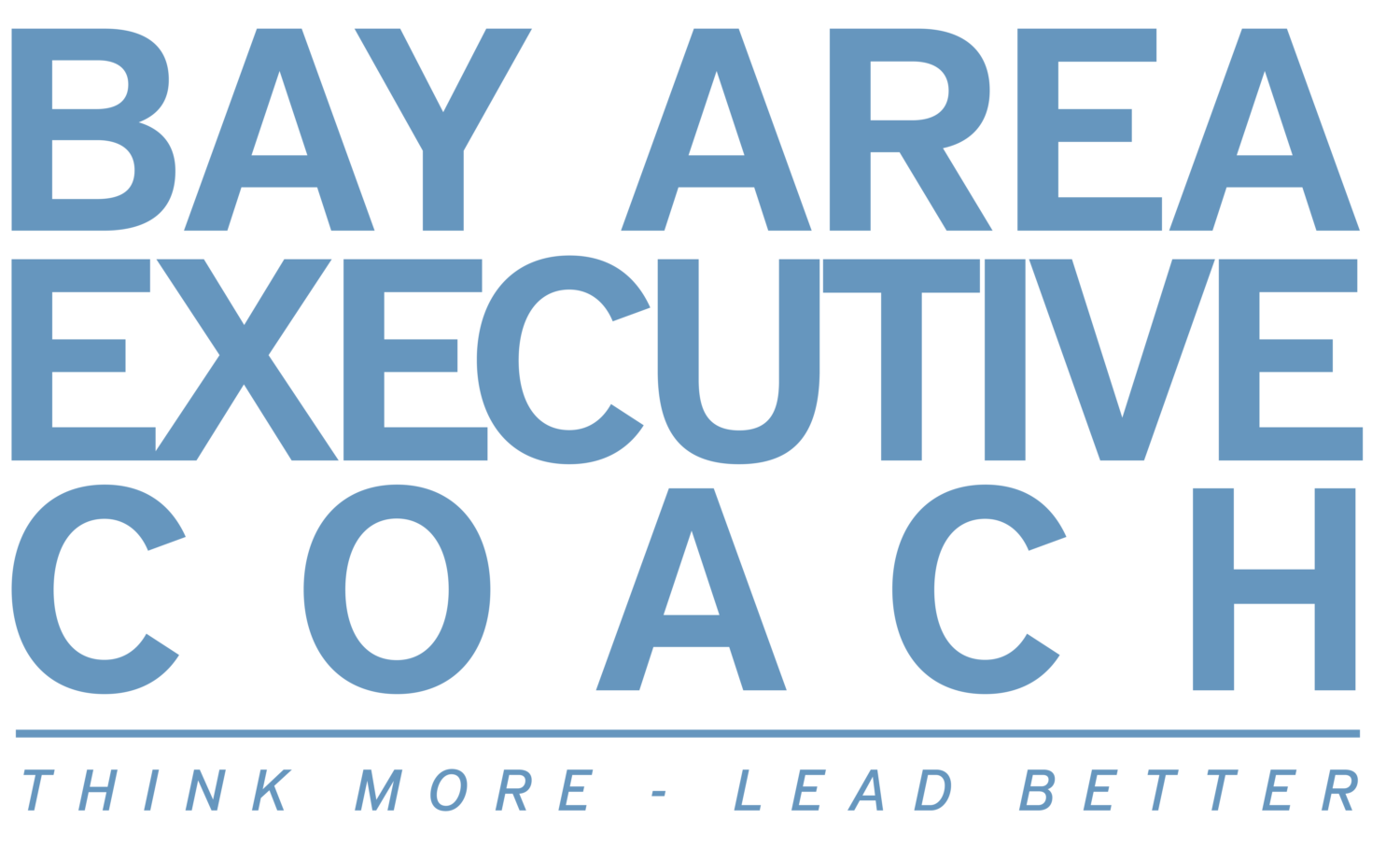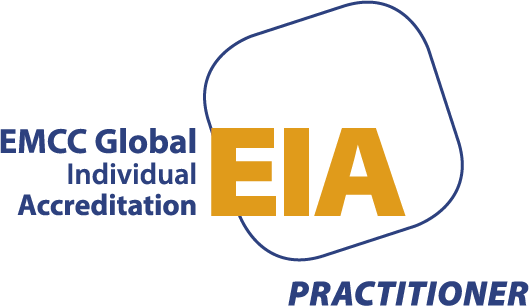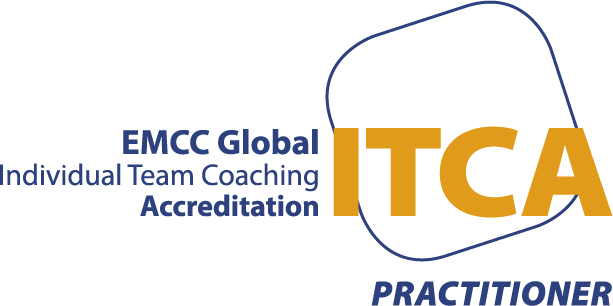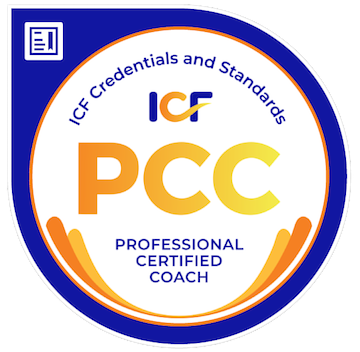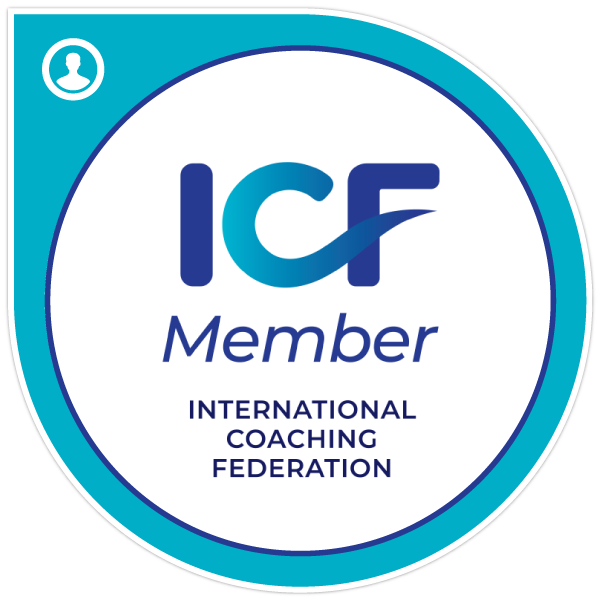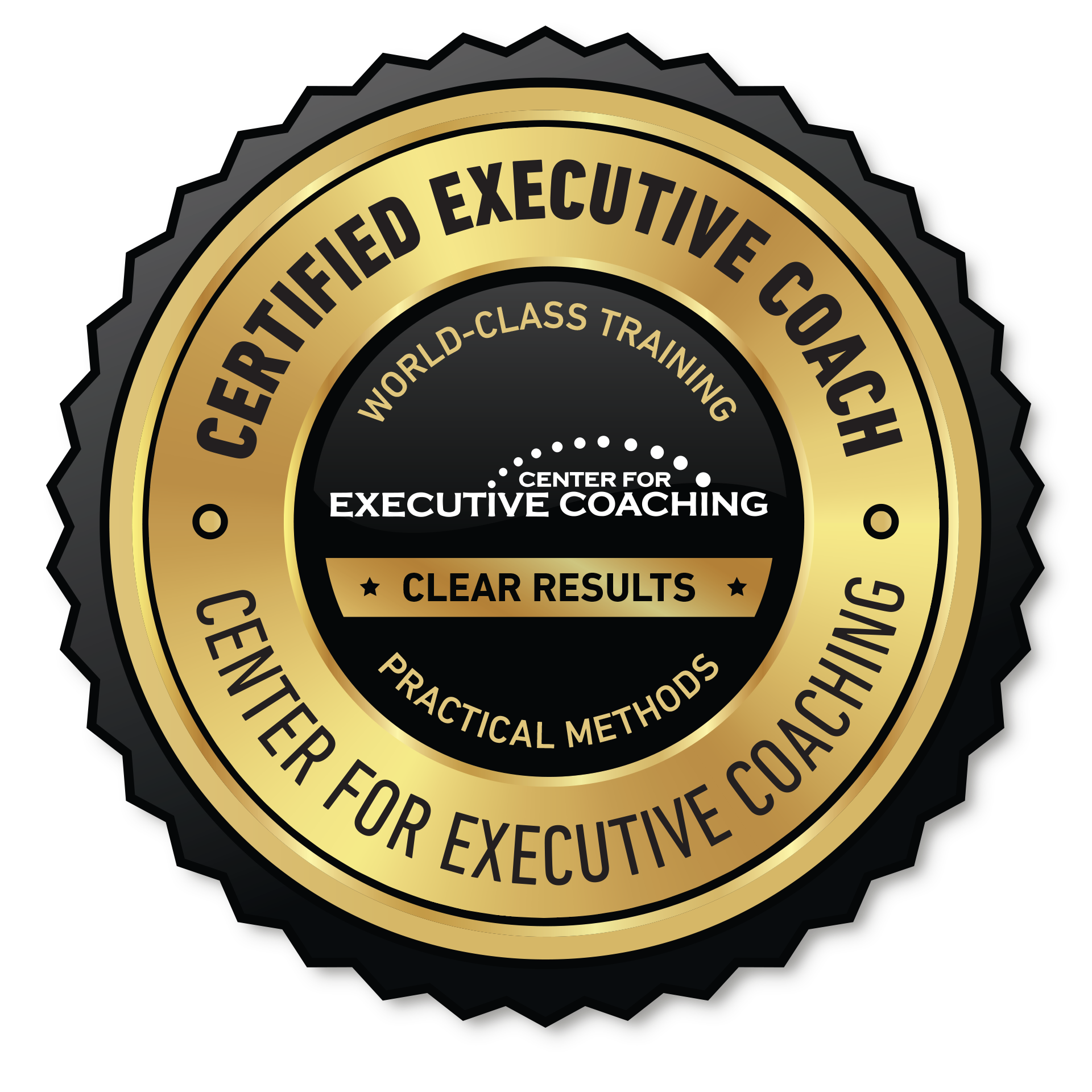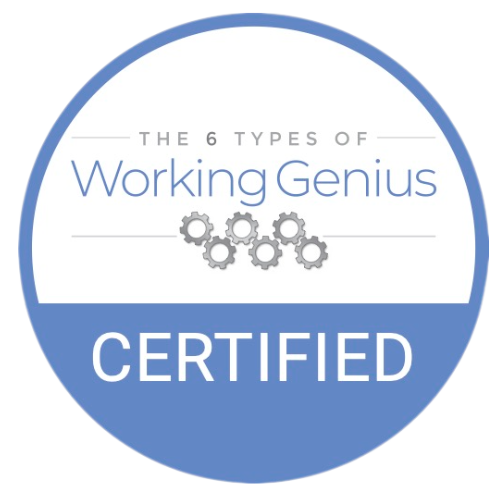Many are rising to the occasion and meeting the needs of their people. This is in part supported by the somewhat surprising 20 year high in employee engagement as evidenced by the most recent Gallup survey. Leaders are adapting to a highly ambiguous environment and their employees are responding by being more engaged in their work.
This leads us to want to examine further the inexhaustible study of strong leadership in this article. Read on to get some comprehensive information on this ever-important topic that’s even more important now.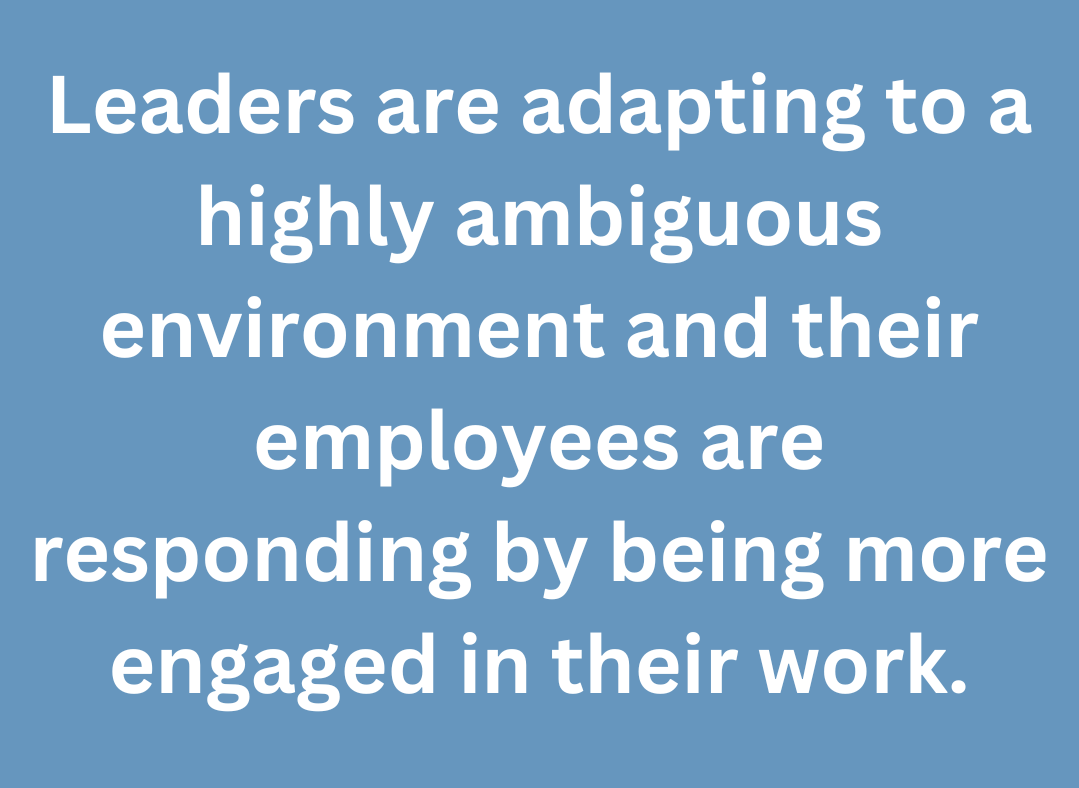
Recently, Korn Ferry conducted a study in cooperation with the Drucker Institute, looking to answer the question that could help steer companies toward sustained success: What leadership qualities drive organizational health and success in the long-term?
The study measured fifty-six traits, drivers, and competencies among over 8,639 senior executives from 515 of Drucker Institutes list of highly ranked companies. Drucker’s Institute considers that most influential companies excel in these five areas: financial performance, customer satisfaction, employee engagement and development, innovation, and social responsibility.
The overlap was significant, and a clear picture emerged when examining these leadership qualities. Leaders in best-performing companies consistently showed high tolerance of ambiguity and adaptability, and also scored high marks on “curiosity,” “building effective teams,” “trust,” “openness to differences,” and “engages and inspires.” Not surprisingly, negative correlations were seen with “focus” and “structure.” Both qualities related to detail and process and procedure, are hallmarks of highly regulated environments that leave little room for innovation. Altogether, the results painted a picture of leadership with heart, emphasizing independence, innovation, and risk-taking.
When you consider what organizations are going through now, you can clearly see how critical this type of leadership is to supporting individual and collective success.
Going a little deeper now, in his book, “The Ambiguity Advantage,” author David Wilkinson describes four modes of leadership: technical, co-operative, collaborative, and generative.
Technical Leadership. This leader’s typical response to ambiguity is usually denial or insistence on their version of certainty. They tend to be more dictatorial and risk-averse. Their problem-solving process is led from the top and highly structured.
Co-operative Leadership. This leader strives for teamwork and collaboration. They take steps to reduce external ambiguity and build teams around them to mitigate risk. Problem-solving is led by research and facts-based, but diverse opinions and subjective views are explored only to a certain extent because they value stability above all.
 Collaborative Leadership. This leader does embrace conflict and risk, and they do embrace change, but only if the current solution is not working. They value reaching an agreement. This creates a supportive environment for individuals, but may pose a high risk for the collective group. Problem-solving is usually group-led and fosters creative thinking, but doesn’t yield many tangible results.
Collaborative Leadership. This leader does embrace conflict and risk, and they do embrace change, but only if the current solution is not working. They value reaching an agreement. This creates a supportive environment for individuals, but may pose a high risk for the collective group. Problem-solving is usually group-led and fosters creative thinking, but doesn’t yield many tangible results.
Generative Leadership. This leader uses ambiguity to find opportunities. Learners and innovators, not supervisors, they expect their team to supervise themselves. Views get explored and improved. Rules that get in the way of success are disregarded. There is a wide variety of perspectives, and diversity is essential, no matter where it originates.
Each of these leaders deals with ambiguity and complexity in different ways. Technical leaders, for example, only utilize their toolset, but generative leaders will take from the first three styles to accomplish their goals. Although, as the Drucker Institute/Korn Ferry study illustrated, today’s diverse and changing companies benefit from leadership that is collaborative and generative, the vast majority of leaders still fall into the first two categories – technical and co-operative. There is hope though. Positive qualities can be measured and sharpened by individuals, team leaders, and companies. The reward is well worth the investment.
Now tolerance of ambiguity should not be confused with tolerance of risk. The former refers to the processing of information that is not clearly defined and is open to various interpretations. The reactions to ambiguity cover a wide range. At one end of the spectrum, an individual with a high tolerance may see an ambiguous situation as an exciting challenge to their creative problem-solving skills. In the middle range, one may recognize the ambiguity for what it is, but feel powerless to act. At the other end of the continuum, a person with low tolerance may perceive ambiguity as stressful and threatening. The discomfort with not having clarity can lead to satisficing, the tendency to take the first somewhat adequate solution that comes to mind.
Consider this range of approaches to ambiguity and how different companies are dealing with the difficult decision of how long to work from home and the construction of a return to work plan.
Jamie Holmes describes ambiguity as “an emotional amplifier, it makes anxiety more agonizing, and pleasure especially enjoyable,” in his book, Nonsense: The Power of Not Knowing. The more uncomfortable we feel when we feel uncertain, the more elated we feel when the outcome is positive, we may feel relief even if the result is negative.
The good news is that people can teach themselves to manage their comfort in uncertain situations; therefore, learn to improve their decision making. Holmes claims that understanding our relationship with uncertainty, and actively engaging with it, is the essential first step.
Our ability to handle uncertainty may vary from day to day, though, depending on other pressures. So, always take a step back and reflect for a bit when facing a complex problem. A simple next step would be to list possible consequences of various decisions, instead of just pros/cons, encouraging us to examine all the nuances and pushing us to research in greater depth.
Since ambiguity lessens as we gain information and knowledge, we will be less likely to make a “make-it-all-end” decision. Some longer-term solutions to strengthen an individual’s resolve to engage with ambiguity include reading fiction and having multicultural experiences or any experiences that open our minds. Taking these steps also allows us to be more creative, and, interestingly, even be a little more empathetic, as a positive attitude towards ambiguity relates strongly to prosocial behavior.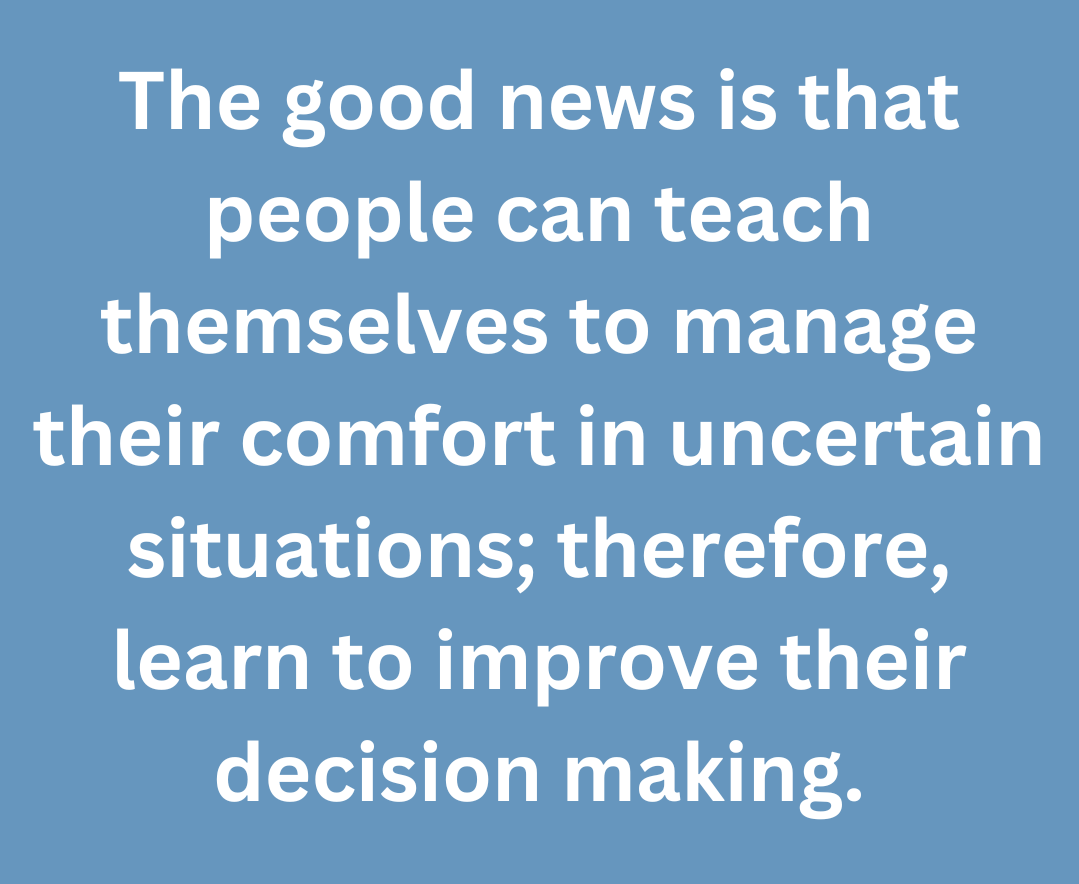
A good question to ask now is how can companies nurture tolerance of ambiguity among their teams? Beyond hiring and developing leaders with natural tendencies, Jamie Holmes recommends promoting an inclusive work environment that encourages nuanced thinking: minimizing emphasis on bad decisions, considering a diverse range of responses, encouraging risk-taking and envisioning alternative scenarios. All these recommendations prevent black-and-white mindsets that lead to poor decision making.
As a venture investor, Natalie Fratto has many opportunities to evaluate leadership success. In her TED talk, she describes how adaptability is the most critical characteristic that distinguishes who has the potential to succeed. Dr. Michael O’Connor, the co-author of The Platinum Rule, describes adaptability as a combination of flexibility and versatility. Flexibility shows your willingness to adapt (attitude). High flexibility attributes include confidence, tolerance, empathy, positiveness, and respect for others. Versatility points to aptitude, the ability to adapt. These qualities include resilience, vision, attentiveness, competence, and self-correction.
Natalie Fratto assures us that adaptability is a trait that can be measured, tested, and improved, with some hard work.
Her advice on assessing adaptability in others is very similar to the advice she offers to strengthen that “muscle,” if one wants to become more adaptable. First of all, ask the right questions. “What if” questions open up multiple scenarios and forces on the spot decision making. Second, is there a willingness to challenge known information and skills, and replace these with new data and learning? Fratto refers to this as “unlearning.” Finally, always look for an exploratory mindset. Pair this mindset with a growth mindset as popularized by Carol Dweck and you may have a strongly adaptive personality at work.
For those looking to improve their adaptability, Fratto has a few more suggestions in addition to the previous tools. Learn about other departments or new skills and bridge gaps within your organization. Another way to work that muscle is to play the opposite viewpoint: this allows you and others to see the issue through a different lens. And, be willing to change when new information contradicts your views. She also recommends keeping a failure log, including times you are wrong or change your mind. Although counterintuitive, this can provide a great learning opportunity and positively transform our relationship with failure.
Organizations should take the time to evaluate their leadership and determine their tolerance levels for ambiguity and how adaptive they are. Based on the results, it may prove valuable to seek ways to raise both across the board to continue to navigate a path as clear as possible through highly ambiguous terrain.
The term “emotional intelligence” has become ubiquitous in recent times and with good reason, as our world fills with advanced technology, human “soft skills” will become increasingly important to offset these changes. Read our article Why EI in the workplace is so important and valuable today.
If you’d like to learn more about our training programs for emotional intelligence, click here. We also offer assessments to help you determine how well a person is currently exhibiting emotional intelligence. Learn more about these assessments here. We also have a free downloadable eBook, “How to Lead with Emotional Intelligence”, and a guide called “8 Signs You Need Emotional Intelligence Coaching”. If you’re curious about how to employ emotional intelligence at work, read our case study, “Guiding a Leader to Employ Emotional Intelligence at Work”.
Watch our video on why you should invest in your emotional intelligence as a leader:
Featured photo is from ©Sora Shimazaki via Pexels. Secondary photo is from ©Miguel Á. Padriñán via Pexels.
